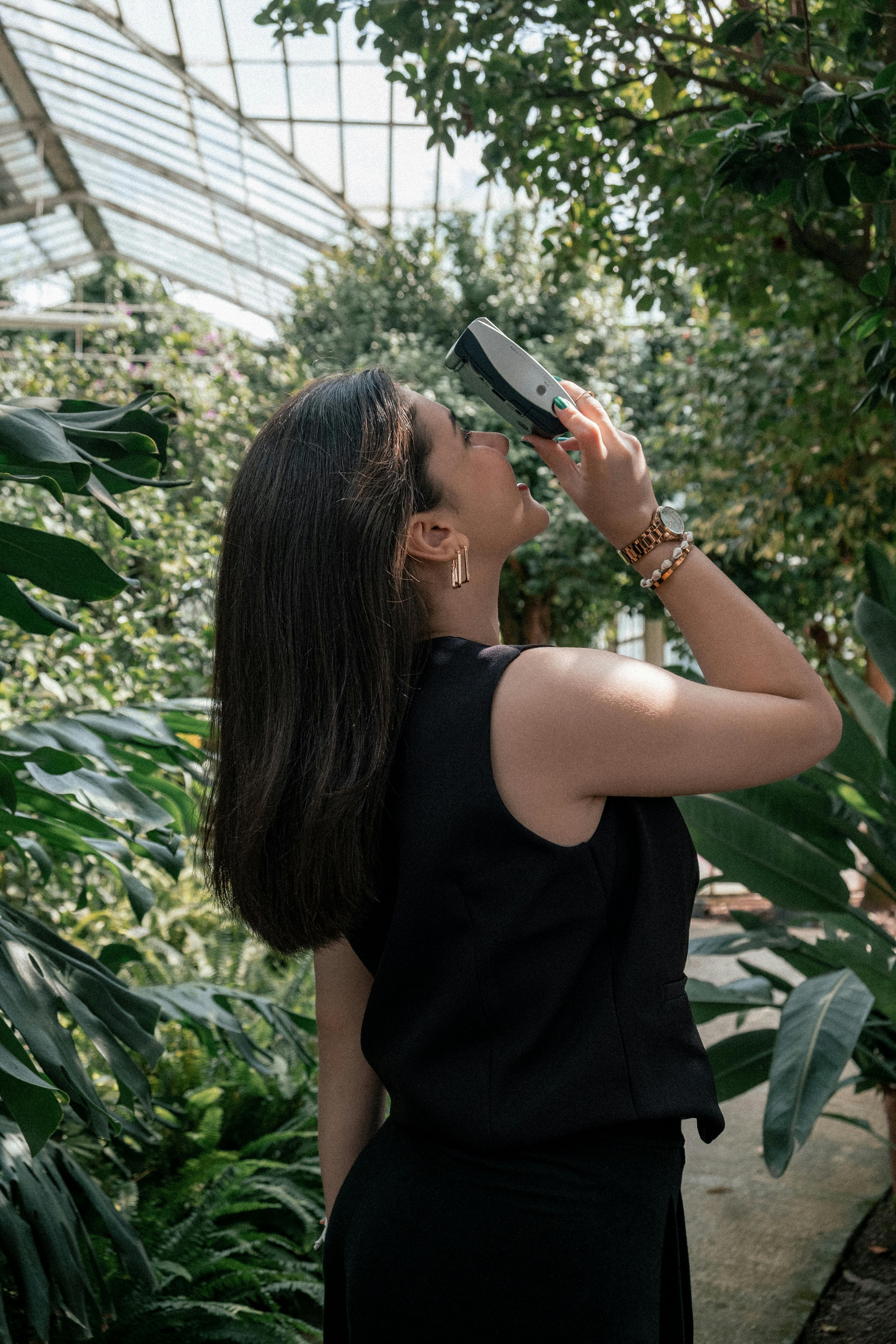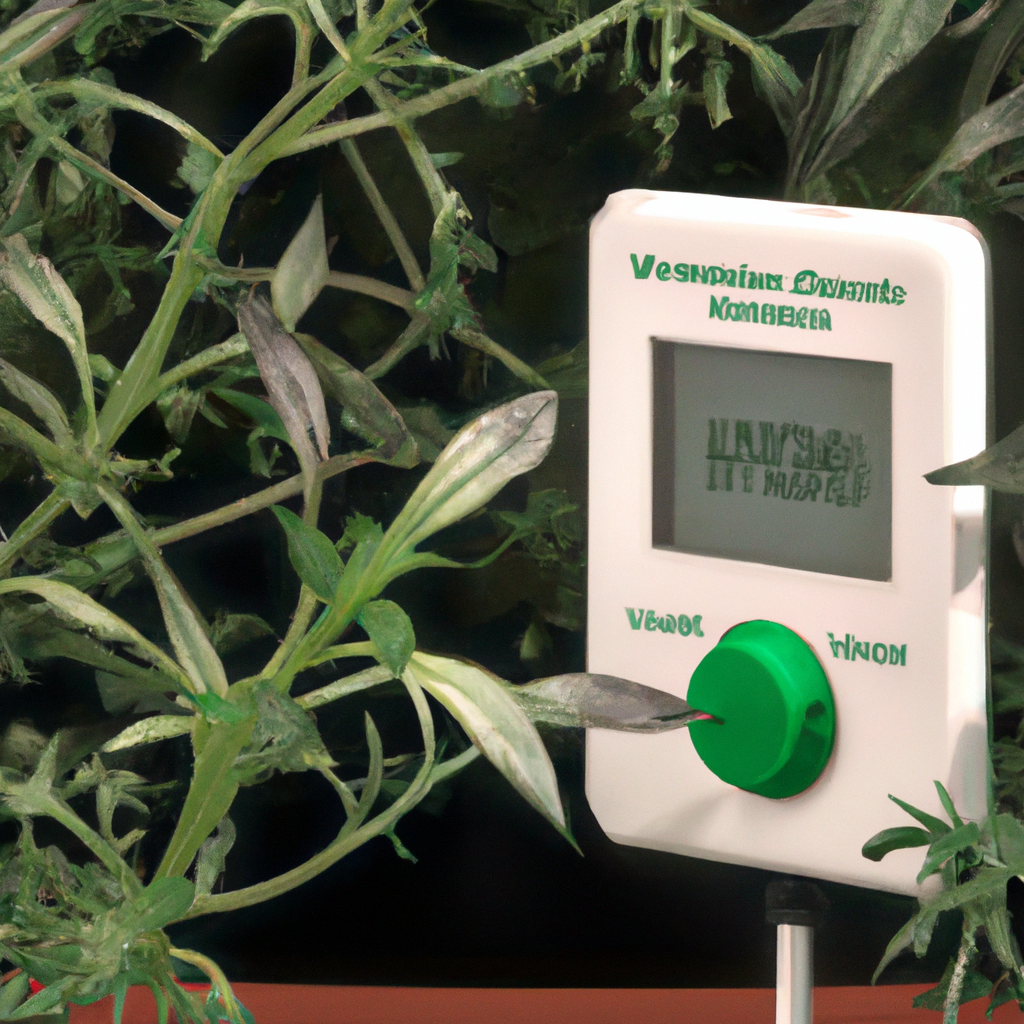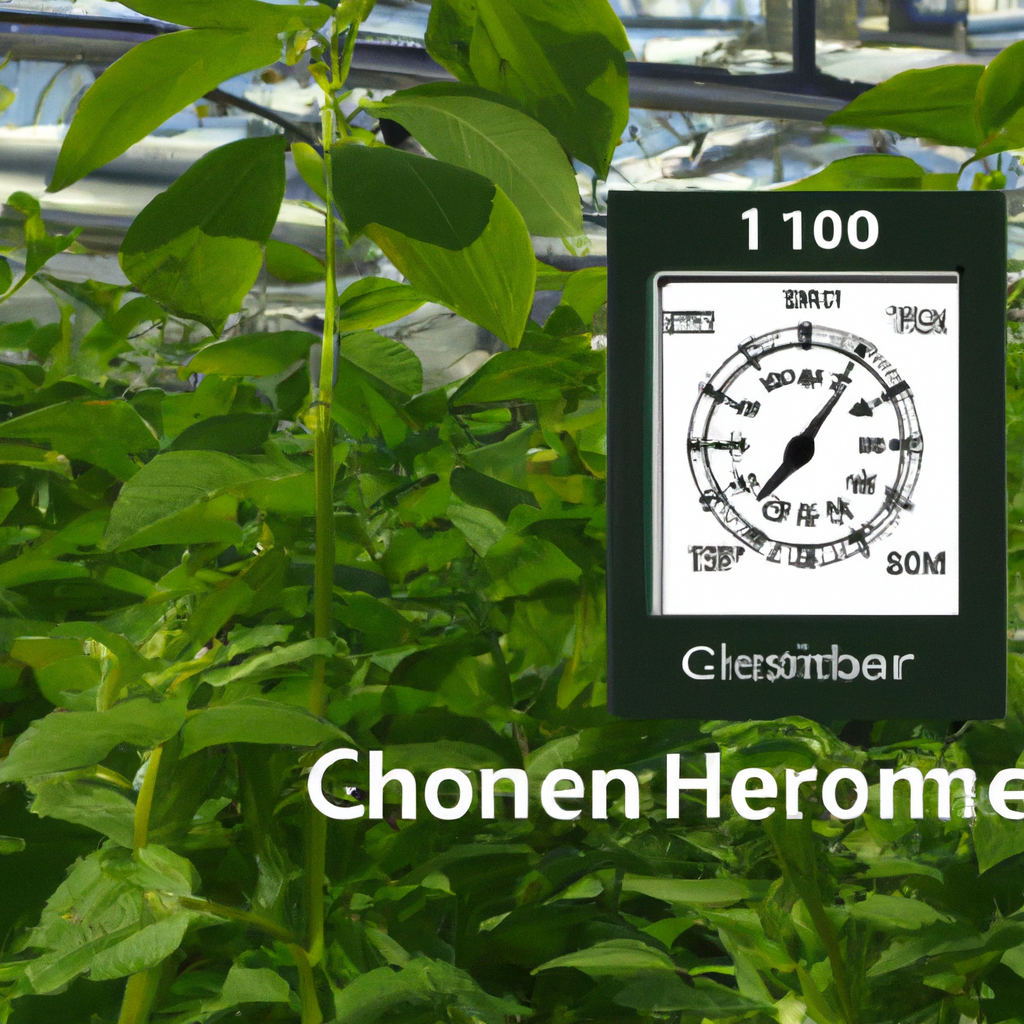
Are you struggling to navigate the unpredictable world of temperature fluctuations in your greenhouse? Look no further, because this article is here to provide you with all the tips and tricks you need to keep your plants thriving in any climate. Whether you’re battling scorching heatwaves or facing sudden drops in temperature, we’ve got you covered. With our expert advice, you’ll learn how to maintain the ideal greenhouse environment for your plants, ensuring their health and productivity all year round. So, let’s dive in and discover the secrets to managing temperature fluctuations in a greenhouse.
Tips for Managing Temperature Fluctuations in a Greenhouse
Having a greenhouse is a wonderful way to enjoy year-round gardening and grow a variety of plants. However, one of the challenges greenhouse owners face is managing temperature fluctuations. Extreme temperature changes can be detrimental to plants and disrupt their growth. Thankfully, there are several effective strategies you can employ to maintain a stable and optimal temperature within your greenhouse. In this article, we will explore various tips and techniques that will help you address and control temperature fluctuations in your greenhouse, enabling your plants to thrive.

This image is property of images.pexels.com.
Understanding the Factors Affecting Temperature Fluctuations
Before delving into the solutions, it is crucial to understand the factors that contribute to temperature fluctuations in your greenhouse. The primary factors include sunlight exposure, ventilation, insulation, shading, and the type of glazing material used for greenhouse panels. By comprehending how these elements interact, you can make informed decisions when implementing temperature management techniques.
Choosing the Right Location for Your Greenhouse
Selecting an appropriate location for your greenhouse is the first step towards managing temperature fluctuations. Ideally, the greenhouse should be positioned where it can receive optimal sunlight exposure throughout the day. Avoid shaded areas or places where the greenhouse could be subjected to excessive wind or extreme temperature variations. Additionally, consider the proximity to trees and neighboring structures, as they can cast shadows or obstruct sunlight.
Optimizing Greenhouse Design for Temperature Regulation
To regulate temperature fluctuations effectively, it is essential to optimize the design of your greenhouse. Ensuring proper air circulation is crucial for maintaining a balanced temperature. Strategically placing vents and fans in your greenhouse can help facilitate airflow and prevent stagnant pockets of hot or cold air. Additionally, consider incorporating thermal mass elements, such as water barrels or concrete floors, which can absorb heat during the day and release it slowly at night for temperature stability.
Selecting the Appropriate Greenhouse Structure
The choice of greenhouse structure can significantly impact temperature fluctuations. There are various types of greenhouses available, including glass, polycarbonate, and polyethylene structures. Glass greenhouses offer excellent heat retention but can be susceptible to variations in sunlight exposure. Polycarbonate structures possess good insulation properties, while polyethylene greenhouses provide affordability but may require additional efforts to regulate temperature. Evaluate your specific needs and consider consulting a professional to determine the optimal structure for your greenhouse.

This image is property of images.pexels.com.
Using the Right Type of Glazing Material
The glazing material used in your greenhouse plays a vital role in temperature regulation. Different materials possess varying insulation properties and light transmissivity levels. Glass, for example, provides excellent insulation but can filter out some sunlight. On the other hand, polycarbonate panels offer good light transmission while retaining heat efficiently. Evaluate the climate in your area and the specific needs of your plants to select the most suitable glazing material for your greenhouse.
Implementing Efficient Insulation
Proper insulation is crucial for minimizing temperature fluctuations within a greenhouse. Insulating the walls, roof, and floor of the greenhouse can help retain heat during cooler periods and prevent overheating on hot days. Using insulating materials, such as double-layered polyethylene or bubble wrap, can provide effective thermal insulation. Be sure to seal any gaps or drafts to prevent heat loss or entry of unwanted cold air.

This image is property of images.pexels.com.
Managing Ventilation Systems
Ventilation is one of the key elements in maintaining a steady temperature within your greenhouse. Proper ventilation allows for the exchange of stale air with fresh air, preventing the buildup of excess moisture and excessive heat. Install vents strategically in different areas of the greenhouse, ensuring a good balance between intake and exhaust. Consider incorporating an automated system that can regulate vents based on temperature sensors, offering optimal airflow without manual intervention.
Utilizing Shading Techniques
In regions with intense sunlight or during scorching summer months, shading techniques can help reduce excessive solar radiation and prevent overheating. Different shading options are available, including shade cloth, retractable shading screens, and whitewashing the greenhouse. These techniques help filter out a portion of sunlight, lowering the temperature within the greenhouse while still allowing sufficient light for plant growth. Experiment with different shading levels to find the right balance for your specific climate and plant requirements.

Employing Heating and Cooling Systems
In extreme climates or during seasonal temperature fluctuations, supplemental heating or cooling may be necessary to maintain an optimum temperature range. Depending on your specific needs and budget, options like electric or gas-powered heaters, radiant heating systems, evaporative coolers, or air conditioning units can be employed to regulate temperatures in the greenhouse. Be sure to choose systems that are energy-efficient and suitable for the size of your greenhouse. It is advisable to consult a professional for guidance on selecting and installing heating or cooling systems.
Monitoring and Regular Maintenance
To ensure effective temperature management in your greenhouse, it is crucial to monitor temperature levels regularly and perform routine maintenance. Invest in a reliable temperature monitoring system that can track fluctuations and provide you with real-time data. Regularly inspect the insulation, glazing, vents, fans, and any heating or cooling systems for any damage or malfunction. Clean and clear debris from vents and ensure the greenhouse is well-maintained to avoid any disruptions to temperature regulation.
In conclusion, managing temperature fluctuations in a greenhouse is essential for the healthy growth of plants. By understanding the factors influencing temperature changes and implementing appropriate strategies, you can create a stable and conducive environment for your plants. Choosing the right location, optimizing greenhouse design, selecting suitable glazing materials, and employing efficient insulation, ventilation, shading, and temperature control systems are all critical aspects of temperature management. Regular monitoring and maintenance ensure consistent performance of these systems. With these tips in mind, you can create an optimal environment for your plants to thrive and produce a bountiful harvest in your greenhouse.


